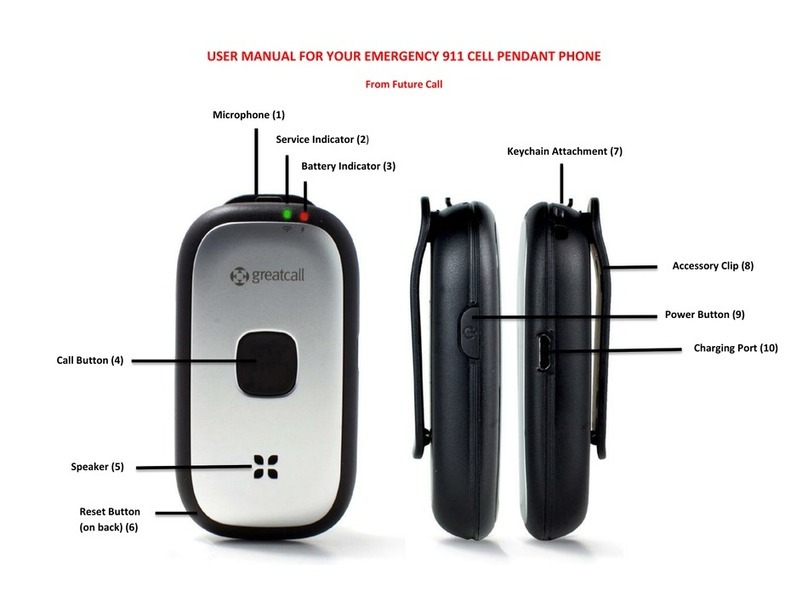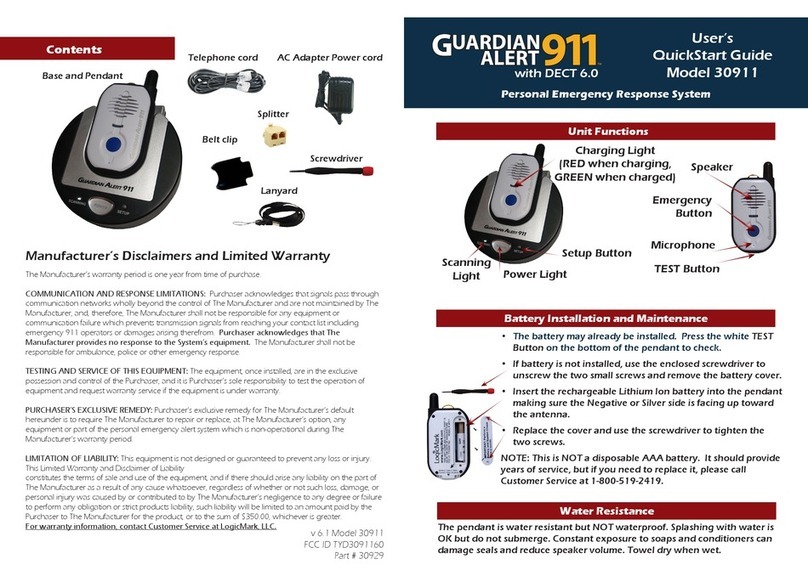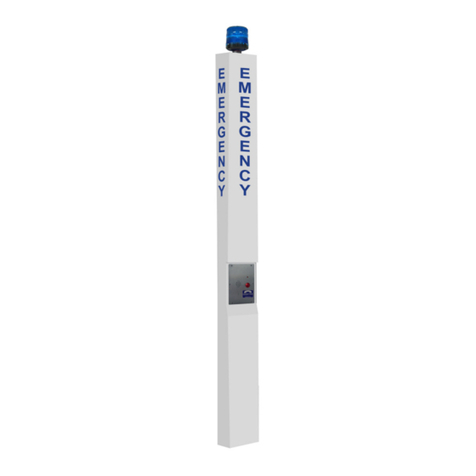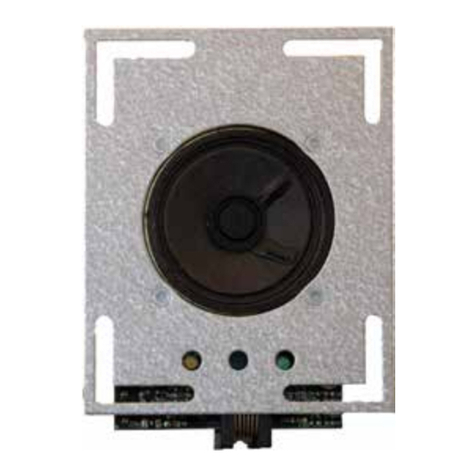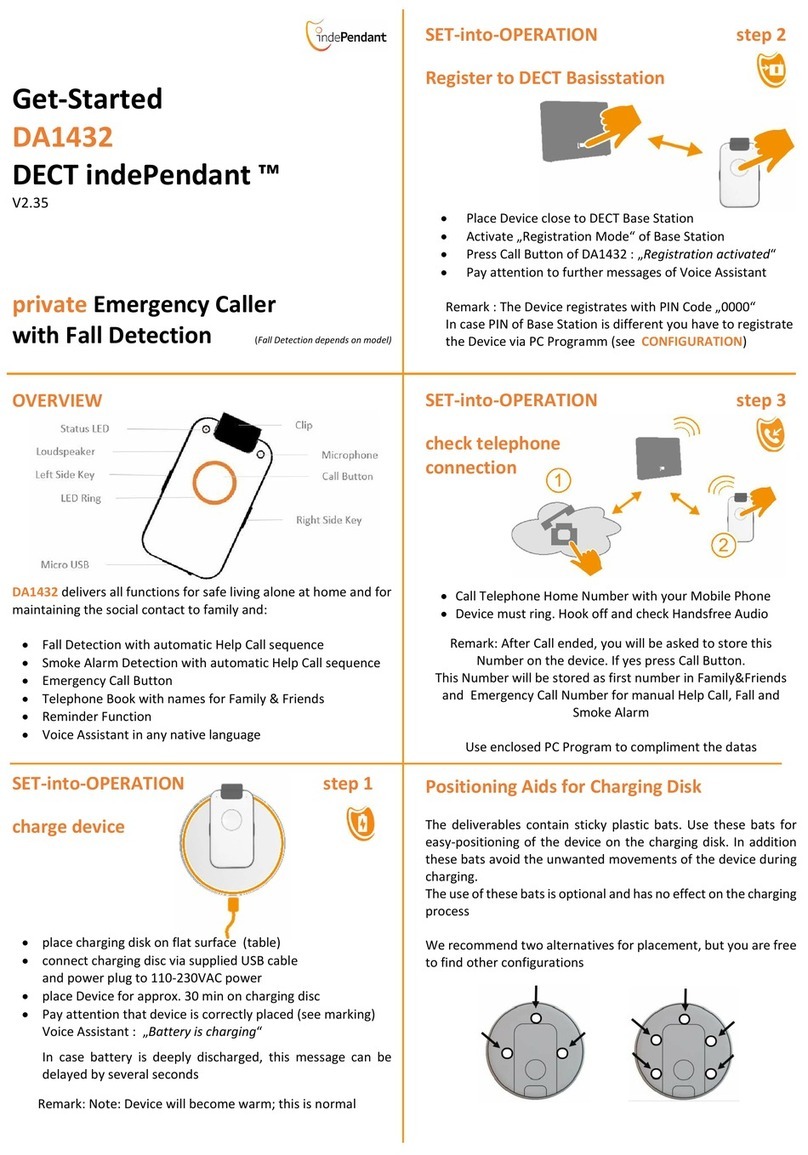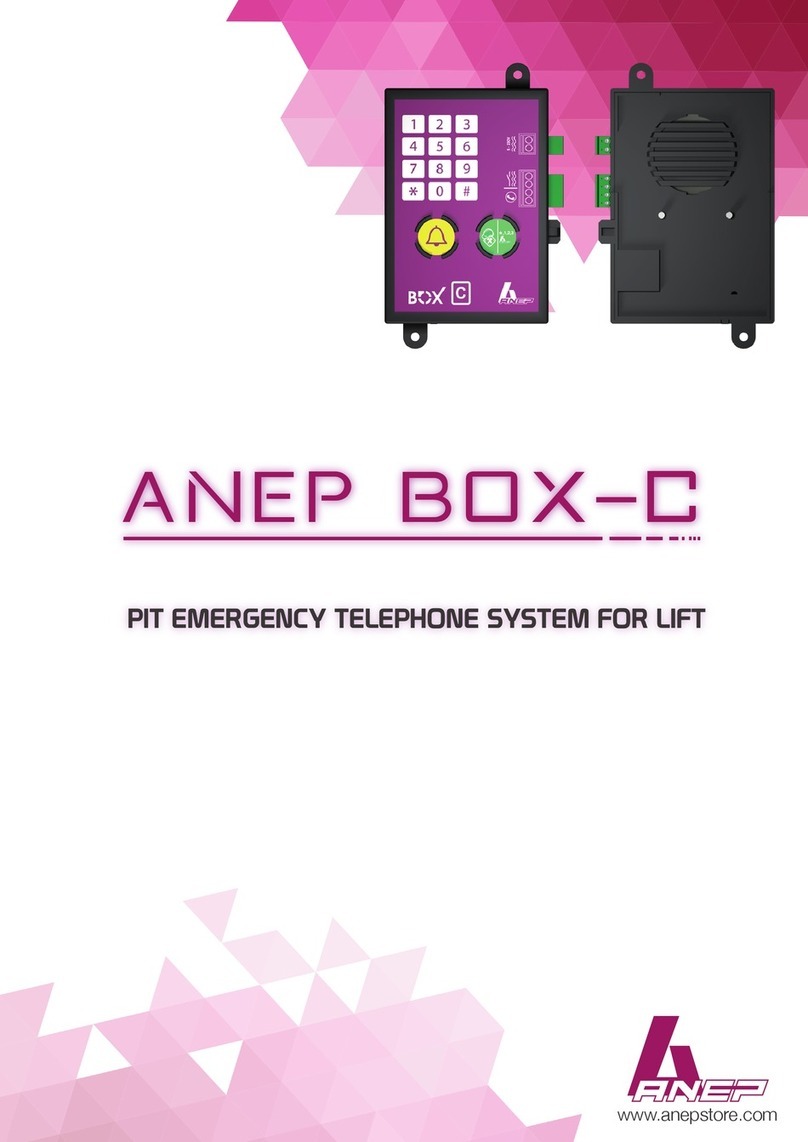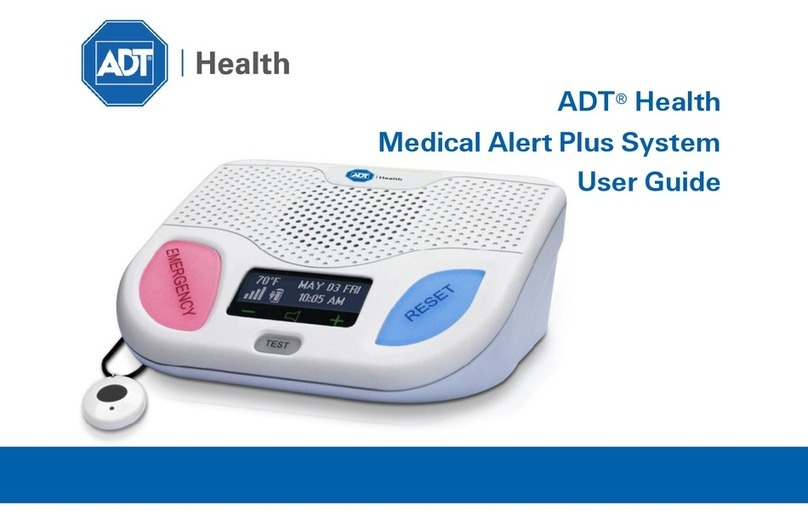
1
1.0 INTRODUCTION
The Mircom EC-300 Emergency Call System provides the common features and functions demanded by engineers and
contractors. Over the years, nurse call systems have become increasingly complicated and expensive. Mircom’s EC-
300 system offers a basic system most nurses and administrators feel is necessary.
The EC-300 has been designed for easy operation so few instructions are required for staff to learn and essentially no
training is required.
All “Emergency Calls” are indicated by a fast pulsing audible/visual indication which overrides “Normal” calls of slow
pulsing audible/visual indications. All calls can only be cancelled at the point of activation. The nurse’s station shall
be able to momentarily silence for periods of 10, 5, or 2.5 minutes.
Easy maintenance is obtained on the Mircom system due to its modular construction. All components including the
annunciator panels consists of modular panels for fast servicing and trouble-shooting.
Reliable, solid state construction on the EC-300 system provides trouble-free usage. The audible alarms are solid statet
for long term reliability unlike electro-mechanical devices such as buzzers or chimes. All annunciator lights are long
life, high intensity, wide angle, light emitting diodes (LEDs).
Flexibilityof the system is easy, due to the modular construction. The Emergency Call system and Door Monitoring
can often be combined into the same housing. Blank panels can be provided to be replaced in any future expansion.
System components on a typical system usually include patient stations, emergency stations, corridor lights and
central nurse’s station. This manual will outline each and their various functions.
2.0 INSTALLATION
Before any wiring is done to the system components, check all wires for opens, shorts or grounds, using an ohmmeter.
2.1 PATIENT STATION
The EC-100 or EC-103 Pull Cord Station are normally mounted next to the patient’s bed. All stations have a brushed
stainless finish.
EC-100 Pull Cord Station
The pull cord station is equipped with a 6 foot, white nylon cord easily cut to required lengths. These cords when pulled
operate a switch at the cord station. To reset the patient call, move the switch (at the pull cord station) to the upward
position. Use this station in non-subsequent alarm systems.
EC-103 Pull Cord Station with LED
The pull cord station is equipped with a 6 foot, white nylon cord and a red confirmation LED. The cords when pulled
operate a switch at the station which triggers the LED to illuminate. To reset the patient call, move the switch (at the
pull cord station) to the upward position.
2.2 EMERGENCY STATION
By wiring configuration of the EC-103 Pull Cord Station, the station can be programmed for “Emergency” status calls.
2.3 CORRIDOR LAMPS (DOME LIGHTS)
The Corridor lamps are normally mounted above the doors of all rooms equipped with any type of station. The corridor
lamps have a brushed stainless steel finish with a white plastic wedge shape lens. The lamps mount onto a standard
single gang electrical box. Pressing the lens on top and bottom will unhook the lens from the plate. Replacement
bulbs; use #1820, 24V.
